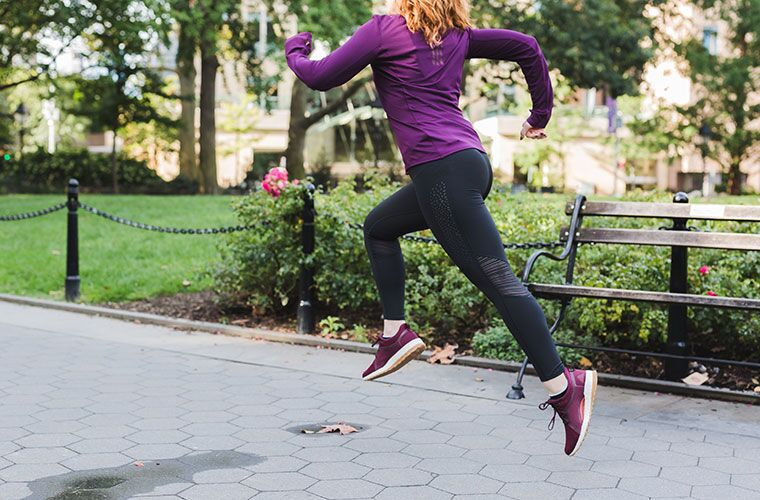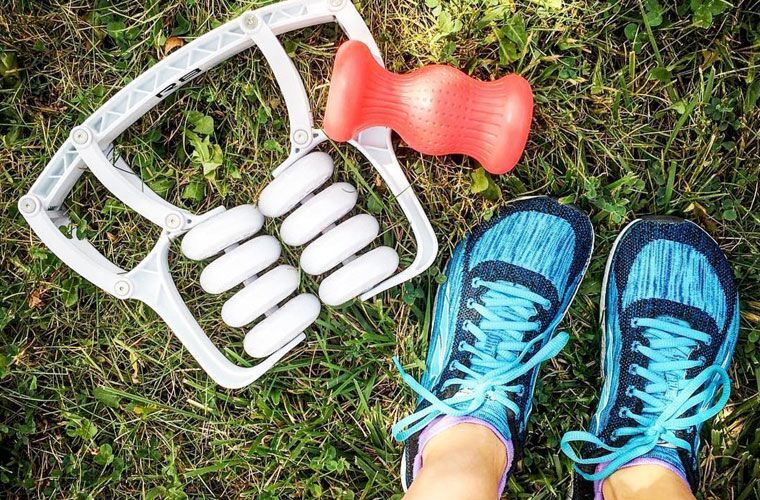4 Simple Recovery Methods This Running Pro Swears By
As part of our in-depth series United States of Running, we teamed up with Flow Water—the naturally alkaline Canadian spring water—to bring you a peek into how running superstars get motivated, maintain focus, https://bit.ly/2yjIH5sand stay hydrated for every mile. Ready, set, go.
When you commit to running a long-distance race like a half marathon (or even further, you overachiever), you don’t just jump right in. You spend weeks, even months, training your body to go the distance.
But just as the training leading up to your big run is important, so is the recovery process. And if you think long-run recovery only involves a few stretches and a self-congratulatory drink (which, yes, you totally deserve a post-race bubbly), think again.
“Recovery helps you to prevent injuries and to prepare for your next challenging workout.”
“Completing a long training run or running a distance race can be tough on your body,” says fitness blogger Evann Clingan. “Recovery helps you to prevent injuries and to prepare for your next challenging workout.” And she should know: The endorphin buff has been an avid runner for years, and chronicles her training adventures on Instagram.
Clingan's first marathon was at Disney World—yep, the most magical place on earth. “It was awesome running through the different parks, and I just got hooked,” she says. Since running that first 26.2, Clingan made it her goal to not only finish races, but to travel to cool destinations like Austin and Vancouver to do so. “It’s a great way to explore different places I’ve always wanted to go to," she explains. (Healthy vacay hack alert!)
Recovering while away from home can make the process more difficult, so Clingan works sightseeing into her routine to flush out lactic acid—or the pest that causes muscle soreness—out of her legs. But if you have to get back to reality, try wearing compression socks or leggings to increase circulation and reduce lactic acid during the flight home, Clingan suggests.
Her biggest piece of advice? “Either way, you should continue to drink water to rehydrate and replenish electrolytes." Drink up.
Whether you’re heading out of town for a big race or just going for a long run around your neighborhood, check out Clingan's best recovery tips below.

Step 1: Hydrate
Immediately after your run, it’s smart to begin replenishing electrolytes that were lost. “I carry around water with me to help rehydrate throughout the rest of the day,” Clingan says. Her fave? “Flow Water is an excellent choice for recovery because it includes electrolytes and has an alkaline pH of 8.1, which keep acid levels in line,” Clingan recommends. “Plus, it’s also super pure because it's naturally filtered, which makes it taste great.”

Step 2: Grab a snack
Even if you’re not starving right after crossing the finish line, it's still time to get a bite. Clingan aims for a snack that has a 4-to-1 ratio of carbs to protein within 30 minutes after a run. “My go-to is a whole wheat bagel with banana and peanut butter.”

Step 3: Foam Roll
“While it might not always feel good, foam rolling is a great way to loosen knots and tightness in your legs post-run,” she says. Her pick is the Roll Recovery 8 to work out kinks and massage her stems after hitting the pavement.

Step 4: Get quality shut-eye
“Many people view sleep as a luxury, but it's important for distance runners to get enough rest for the body to truly recover,” Clingan says. According to the running veteran, skimping on sleep can even have cumulative effects on performance—and experts have recommended runners get a few hours of extra shut-eye for three to four nights post-run. Time to start dreaming about your next big race.
In partnership with Flow Water
Top photo: Evann Clingan
Loading More Posts...